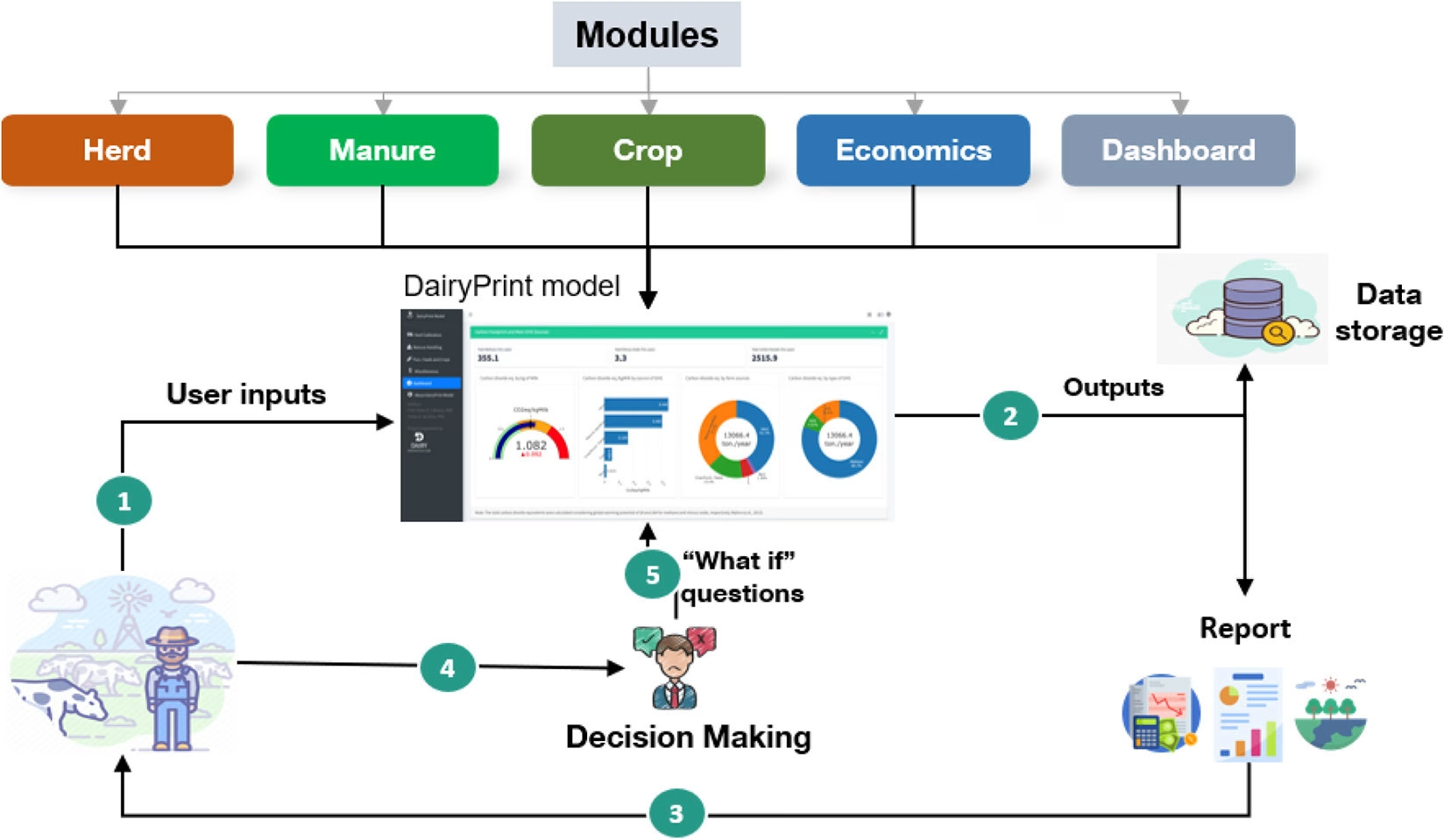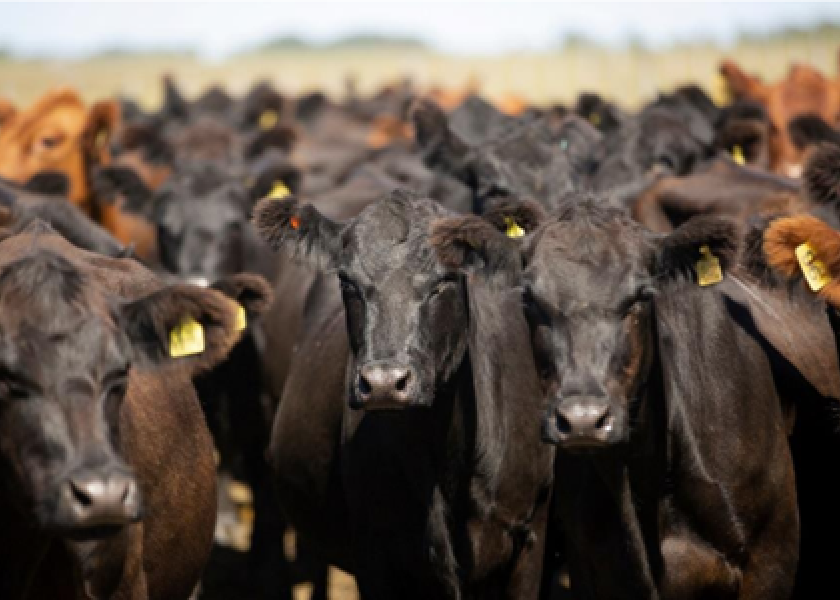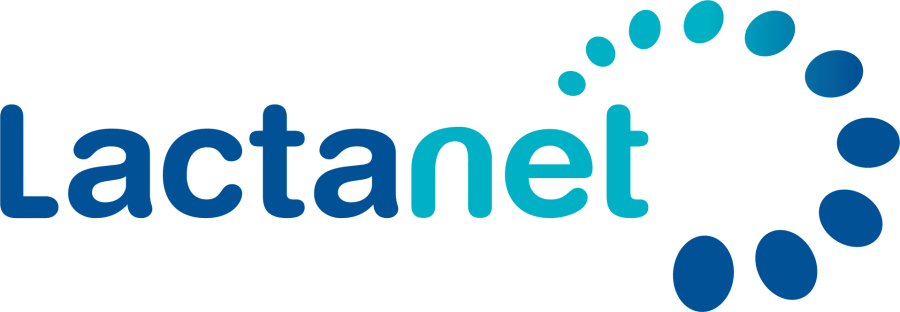Explore how genetics and nutrition affect energy efficiency in lactating cows. Can improving these factors enhance your farm’s productivity and sustainability?
Are your cows using energy efficiently with the best nutrition? In today’s dairy farming, reducing methane and being eco-friendly is crucial. A cow’s genes and diet affect its energy use, which impacts milk production and farm sustainability. Recent research shows that differences between cows explain up to 42.5% of energy use changes, especially in how they make methane and use food energy. Using this can help make your herd more efficient and eco-friendly.
Decoding the Genetic Puzzle: Unveiling Energy Dynamics in Cows
Learning about how cows use energy while making milk is essential. Each cow’s genetics and where it lives affect how well it uses energy. Differences among cows come from how much dry matter they eat, how they use energy, and how their nutrients break down. Recent studies show that these differences can explain up to 42.5% of the variation in energy use, especially in making methane and using food energy. Dr. Addison Carroll from the University of Nebraska-Lincoln explains this complex topic (Journal of Dairy Science: Partitioning among-animal variance of energy utilization in lactating Jersey cows). Carroll points out the importance of understanding differences in cows’ energy use. Although how much dry matter a cow eats matters, cows also differ in how they make methane and waste energy when adjusted for DMI. These differences come from their diet, unique genetics, and environment.
Understanding these differences is key to making farms more productive and sustainable. Farmers can make smarter choices about breeding and managing by figuring out which cows naturally use energy better. For example, choosing genetics that improves energy efficiency can create a herd that produces more milk with less work. Also, making nutrition plans to fit each cow’s genetics can boost performance and reduce waste. Carroll’s research stresses the need to understand these natural differences to improve farming by using the natural efficiencies seen in livestock.
The Genetic Blueprint: Shaping Energy Efficiency in Cows
Genes in dairy cows play a significant role in their energy use, affecting their growth and milk production. Two critical traits are dry matter intake (DMI) and energy balance. These traits are influenced by the cow’s care and environment and are linked to its genetic makeup. The heritability of dry matter intake (DMI) is between 0.26 and 0.37. This means genes have a strong influence on it. Heritability, a measure of how much of the variation in a trait is due to genetic differences, is between 0.29 and 0.49 for energy balance, showing a strong genetic influence on how well cows use energy.
Selective breeding has improved milk production significantly over the years. Careful selection of cow genes has boosted milk production by about 34% to 50% over the past 40 years (VanRaden, 2004; Shook, 2006). This means cows can produce more milk while eating the same amount or even less, making them more energy-efficient. Genetic selection also helps cows use nutrients more efficiently, decreasing the environmental impact of farming cows.
The future of dairy farming looks promising, as evidenced by ongoing genetics research. Identifying specific genes that can enhance cows’ energy utilization is possible. This discovery could lead to breeding strategies focusing on these traits, thereby advancing dairy herds. Furthermore, understanding genetic factors influencing methane production could lead to more efficient energy use and reduced environmental impact. As research progresses, the dairy industry could witness significant changes toward more sustainable and efficient practices, instilling a sense of hope and optimism in dairy farmers.
Fueling the Future: Nutrition’s Role in Maximizing Cow Energy Efficiency
Efficient food utilization by cows in dairy farming greatly influences milk production and industry sustainability, affecting their energy use. A cow’s diet plays a massive role in helping them turn feed into milk efficiently, affecting their energy use. Better diets help cows get more out of what they eat, impacting their energy needs. Dry Matter Intake (DMI), the amount of feed a cow consumes that is not water, is key to how well cows use energy when making milk. Researchers at the University of Nebraska-Lincoln found significant differences in DMI among herds, affecting energy efficiency. By improving DMI with tasty and nutritious food, farmers can give cows what they need to make more milk efficiently.
Nutrient absorption is a critical factor that should be taken into account. How well cows break down their food affects how much energy they can use. The Nebraska study showed that choosing the right feed helps cows better digest nutrients like crude protein (CP) and neutral detergent fiber (NDF). Good absorption reduces energy lost in waste, improving efficiency.
Farmers can improve how cows use energy and cut losses by changing diets. For example, adjusting starch levels matches energy needs with milk production, and balancing fiber aids digestion, increasing energy efficiency. The study shows dairy farmers can boost productivity and reduce environmental impact by carefully planning their diets, improving digestion, and maximizing DMI.
Methane and Tissue Energy: Unlocking Energy Variance in Jersey Cows
Recent studies show that differences in methane production and tissue growth are significant factors in how lactating Jersey cows use energy. Measuring methane energy per unit of dry matter intake (DMI) increases by 4.80%, which shows that cow differences affect how much methane they produce. Methane might be a small part of energy loss in dairy farming, but it dramatically impacts the environment and farm energy use.
There are also differences in how cows grow tissue. At first, there isn’t much variation, but once you consider DMI, variation increases. This means cows have different abilities to grow tissue using energy, which impacts efficiency and energy management in the herd.
These findings are essential. High differences in energy use among cows can lead to inefficient resource use and more emissions. Since methane affects our economy and environment, reducing production is essential.
There are effective strategies to reduce methane emissions in dairy farming. Genetic selection, which involves breeding cows that naturally produce less methane, is one such strategy. Studies have hinted at a link between genetics and methane, opening up opportunities to breed for better environmental efficiency without sacrificing milk production. Nutrition also plays a crucial role. By making dietary changes to improve digestion, farmers can reduce methane emissions. Feeding cows with supplements to enhance digestion or adding ingredients to reduce methane-producing bacteria could be effective. These strategies inspire and motivate dairy farmers to implement changes that significantly reduce their farm’s environmental impact.
Although different methane and tissue energy levels pose challenges, they also provide opportunities. Dairy farmers can use genetics and diet strategies to improve energy use, lower emissions, and work towards sustainable farming.
Genetic vs. Nutritional Approaches: Navigating Energy Efficiency in Dairy Cows
The dairy industry is at a crossroads, deciding how to boost energy efficiency in milking cows. Some say that improving cow genetics is the answer to producing more milk with less waste. They believe genetic differences significantly impact energy use, primarily methane and tissue energy. Supporters of this idea think that using advanced genetics can help breed cows that use energy more efficiently.
On the other hand, some focus on designing the right feeding plans. They think genetics matter, but how you feed the cows is what boosts productivity. They highlight the progress made through better feeding and care, showing that nutrition is crucial to farm success.
Future research might combine both ideas, using genetic insights to improve feeding strategies and create a system that continually enhances efficiency. Studies on how intake affects energy use show the complexity and potential for discovering new ways to improve.
These concepts are not just theoretical; they directly impact dairy farmers’ everyday decisions. Farmers must consider different approaches and apply them to their farms as the industry changes. This has a significant effect on farming, pointing to a future where data and the specific needs of each herd guide decisions. Leveraging these insights could lead to a shift from stagnant growth to enhanced farm productivity and sustainability.
Investing in Energy Efficiency: Weighing Costs and Returns
Farmers must understand how cows use energy and how this affects their business. Improving cows through genetics and feeding can cost a lot but yield good results. Better breeding or buying high-quality cattle costs money. This includes expenses for gene tests and paying more for top cows. However, these costs might save on feed over time and improve cow energy use, which means more milk. This can increase profits and make farming more sustainable.
Spending on good nutrition can change from farm to farm. Farmers may buy high-quality feeds and supplements or hire experts to create diets that improve energy use. While costly, the benefits can be significant. Better feeds help cows digest and absorb nutrients better, reducing methane emissions for each milking unit. This is key for sustainability; extra money might come from eco-conscious markets. Also, reducing energy waste through nutrition can increase milk production and cattle growth, cutting costs from low productivity or health issues. This approach can save on veterinary bills by preventing nutrition-related diseases.
Ultimately, getting a return on these investments requires careful planning. Farmers should weigh the initial costs against the savings or added income. Speaking with agricultural economists can offer insights into balancing costs with financial and environmental benefits.
The Complexities of Achieving Energy Efficiency in Dairy Farming
Genes and nutrition can help make dairy farming more sustainable, but some problems must be solved first. The fact that genetic selection is hard to predict is a big problem. We can pick traits that help us use energy more efficiently, but the results aren’t always accurate. Traits like dry matter intake (DMI) and methane production are passed down in many ways. Focusing on one trait could have unintended effects on other critical areas, such as reproduction or health in general. Also, focusing too much on saving energy could hurt the genetic diversity needed for herds to be strong and healthy.
Nutritional methods also pose problems. Plans for advanced feeding can be expensive for many dairy farms. Ensuring that each cow gets the right feed, supplements, and diets for her energy needs requires a lot of money and knowledge. When feeding changes are made, cows’ health and behavior must also be considered, as these can affect how nutrients are used and how much milk is produced.
Rules and market needs may also make using genetic or feeding methods hard. People who want to buy “natural” or “organic” products might not like genetic changes or artificial supplements meant to make things use less energy. Crop quality, weather, and farm management make these efforts more difficult.
The Bottom Line
Understanding the link between a cow’s genetics and diet is key to improving energy use in dairy cows. Tailoring herd traits and feeding plans can boost milk while cutting waste like methane. A uniform approach won’t work well since every cow uses energy uniquely. Instead, creating diets based on genetic needs maximizes productivity sustainably. Some cows do better with diets that highlight their strengths and minimize weaknesses. Selective breeding can also enhance efficiency traits. Farmers can boost production and protect the environment by accepting complexity, ensuring future success. It’s time to rethink old habits and use the mix of nature and nurture for a better future.
Key Takeaways:
- Among-animal variance significantly contributes to the variation in energy utilization, particularly in lactating Jersey cows.
- This variance accounts for approximately 29.3% to 42.5% of differences observed in energy metrics.
- Methane and tissue energy show increased variance when expressed per unit of dry matter intake (DMI), highlighting genetic differences among cows.
- DMI variance is notably high, underscoring its critical role in energy efficiency and partitioning in dairy cows.
- Advancements in feed efficiency and genetic selection could help optimize energy use, improving farm productivity and sustainability.
- Understanding the balance of genetic and nutritional influences is essential for improving energy efficiency in dairy production.
Summary:
Can genetics and nutrition boost the energy efficiency of lactating cows? A study from the University of Nebraska-Lincoln revealed that differences between Jersey cows significantly affect energy use, especially in methane and tissue energy. These differences account for 29.3% to 42.5% of the energy variance, highlighting the role of genetics and diet in making cows more efficient. With 115 Jersey cows and over 560 data points, the study shows that focusing on genetic selection and nutrition can enhance productivity and sustainability in dairy farming. By understanding these factors, farms can reduce emissions and improve milk production, paving the way for a more eco-friendly future for the dairy industry.
Learn more:
- Maximize Your Dairy Farm’s Profit: Insights from the 2021 Nutrient Requirements Report
- Transforming Young Heifers to Mature Cows: Boosting Dairy Herd Longevity
- When to Get a Cow Pregnant for Maximum Milk Production and Profitability
 Join the Revolution!
Join the Revolution!
Bullvine Daily is your essential e-zine for staying ahead in the dairy industry. With over 30,000 subscribers, we bring you the week’s top news, helping you manage tasks efficiently. Stay informed about milk production, tech adoption, and more, so you can concentrate on your dairy operations.







 Join the Revolution!
Join the Revolution!

















